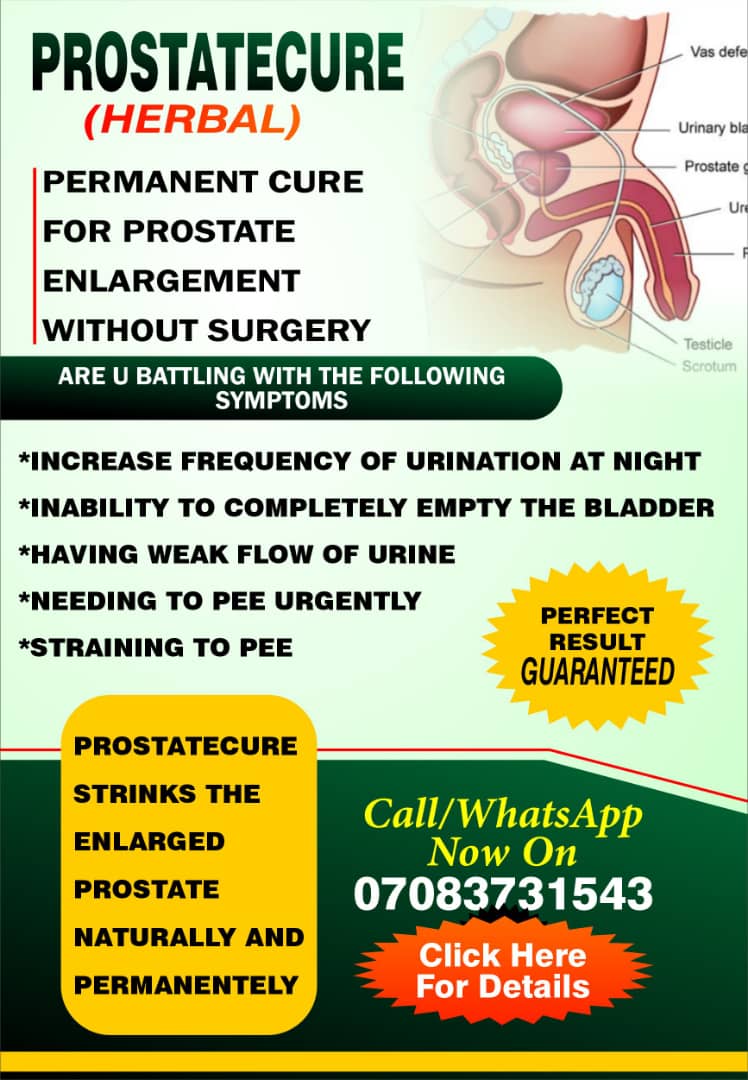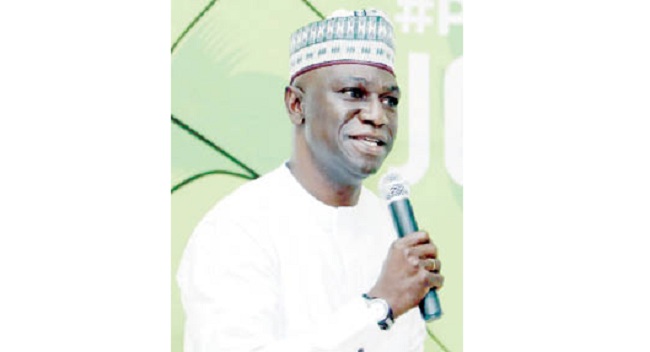

Emmanuel Alhassan (Associate Professor of Psychology, Nasarawa State University, Keffi, and Coordinator of GHAI’s the Prevent Epidemics Programme) says in this interview with SADE OGUNTOLA that epidemic preparedness in many states falls short of funds to fight emerging and reemerging threats and their consequences.
How robust is Nigeria’s healthcare infrastructure to handle potential epidemics?

There is a functional health security system in Nigeria, as demonstrated by the country’s commendable response to recent epidemics. Particularly when you look at the way we handled Ebola and, of course, COVID-19, it was evident that there was a need to rapidly work on expanding and improving existing infrastructure. Is it an A grade? In response, one can argue that there is always room for improvement—after all, that is the largest room in the universe. So, of course, there is always room to improve on this.
Epidemics definitely will not tell if they’re going to happen. Are there currently enough healthcare facilities, personnel, and resources in place to manage outbreaks effectively in Nigeria?
According to the joint external review done last year, which assessed Nigeria’s preparation for epidemics, the country received a score of 54 percent. It would therefore be reasonable to conclude, based on the scores, that Nigeria is halfway towards achieving an ideal supply of infrastructure, labour, and resources. That being stated, we are having trouble with foreign nations stealing our employees. Are there enough medical facilities in our area to react quickly in the case of an epidemic? We have primary healthcare facilities in most, if not all, of the 774 local government areas in Nigeria. Are they well-maintained? Do they have all it takes? Certainly, we can’t say that we have all it takes, particularly because we see quite a lot of the primary healthcare centres not doing so well.
The fact that Nigeria moved from below 40to 54 percent is a significant move. But 54% is still not your typical B or A grade. In order to advance, we must take greater action, and a number of current laws and policies pertaining to surveillance systems, health finance, human resources for health, and epidemic preparedness are taken into consideration. These are the numerous subject areas that have been examined and evaluated by international internal and external assessors. The JEE is actually very thorough. That is precisely what occurred the previous year, and it is anticipated that these same measures of epidemic readiness will show some progress between now and then based on the recommendations made.
What infrastructure and medical supply upgrades do you believe are necessary to raise our level of preparation to perhaps 70 percent?
Quite a number of things need to be done. Better integration of our supply chain/logistics at all levels – so that for instance, we do not continue to have situations in which drugs are sitting at the central medical stores in Oshodi without being moved to the regional stores and then to the facilities. Improving the logistics system is very important because sometimes it’s not the lack, for instance, of medical supplies, but how these supplies get to the last mile.
Certainly, there is a need for some infrastructure upgrades. And in recent times, the Federal Minister of Health has talked about upgrading quite a number of medical facilities and, indeed, seeing how they can build quite a number more. I think all of this will go a long way towards improving our level of preparedness.
There’s a difference between preparedness and response. Do you think Nigeria will act quickly in the event of an epidemic?
Actually, in fairness, Nigeria utilises a one-health surveillance approach. This has been effective in detecting outbreaks, whether from human, animal, or environmental sources. And that is why, if you look at the national health security infrastructure, it includes not only the Ministry of Health but also the Ministries of Agriculture and Environment and such agencies as the National Security Agency, the NABDA, and the Civil Aviation Authorities. Because they are all involved in carrying out the national action plan for health security, Nigeria has been somewhat successful in identifying these outbreaks as soon as they take place. This explains why, for example, diseases like diphtheria and monkeypox may be identified in a very short amount of time. But, the point needs to be reiterated that there is always room for improvement.
How can we improve community awareness and participation in epidemic preparedness efforts to ensure their sustainability?
There is a need to educate communities by leveraging the ward health system, community groups, women associations, youth associations, age groups, and so on, to increase community participation in epidemic preparedness. This is not a job for just the government. It focuses on individuals, civil society organisations, and the private sector, operating within each geographical location, to educate and sensitise them on preventive measures to keep themselves and their environment clean and safe. It includes things like hand washing, the hazards of open defecation, the importance of vaccination, and so on.
For this reason, I organized a community engagement in Damagaza village, an FCT suburb, as part of my celebration of turning 60 on May 18th, in collaboration with an NGO (Vaccine Network for Disease Control), the Health Sector Reform Coalition and the Nigerian Psychological Association’s FCT chapter. We advocated for teenage girls in the community to be vaccinated against HPV. We also discussed mental health, ways to stop the spread of diseases, and the importance of this community making sure that its members let their children, especially the girls, attend school.
How is funding allocated for epidemic preparedness and response within Nigeria’s healthcare budget?
At the national level, for instance, the NCDC Act ensures that NCDC and all the other ministries, departments, and agencies that are part of the National Action Plan for Health Security receive funding through budgetary allocations from the federal government. I have been involved with the Global Health Advocacy Incubator (GHAI) in advocacy for increased and sustainable funding for epidemic preparedness in Nigeria in collaboration with Nigeria Health Watch and LISDEL. This is both at the national and subnational levels. At the state level, they are supposed to have budgetary provisions, but that varies from state to state. Strong and coordinated advocacy has led to increases in relevant budgetary provisions at the national level. Furthermore, these efforts led Kano state to, for the first time, create a budget line called Epidemic Preparedness and Response; similarly, Lagos state created an additional health security budget line tagged Public Health Emergency. These are examples for states to emulate, because other states are not doing as much in terms of budgetary allocation and in terms of paying attention and being proactive in terms of preventing, detecting, and responding to outbreaks.
So, in terms of funding, a lot of advocacies have been carried out at the national level. For example, between 2019 and 2022, the funding for the Nigerian Centre for Disease Control (NCDC) increased dramatically. This has now kind of plateaued once more as a result of the budgetary constraints and competition for limited resources brought on by other concerns like education and security.
The Basic Healthcare Provision Fund (BHCPF) is the second method that has provided some cash for pandemic readiness. A relatively small percentage of this money is set aside for health security. Again, there has been some advocacy on the part of the government to raise the amount set aside for health security. It should be noted that 1% of the Consolidated Revenue Fund, or the Basic Healthcare Provision Fund, is set aside specifically for health.
Part of the BHCPF goes to the NPHCDA meant to strengthen the primary healthcare systems, which will go a long way in ensuring that epidemic preparedness is strengthened at sub-national levels. It is important to state that state governments need to actually do more. Some state governments are barely doing anything. And that is why, for instance, organisations like LISDEL and Nigeria Health Watch are trying to engage with the Nigeria Governors Forum to see that governors are able to take more action in terms of epidemic preparedness.
Are there any other steps that can be taken to guarantee long-term support for ongoing epidemic preparedness initiatives?
Absolutely. In addition to the standard budgetary allotment, a crucial factor in guaranteeing sustainability is raising the portion of the basic healthcare provision fund that is directed towards the NCDC, which oversees Nigeria’s infrastructure for epidemic preparedness and health security. One further item to take into account is the Public Health Emergency bill which was passed by the Ninth Assembly but was never delivered to the President for assent. The bill mentions a fund that ought to be revived and made available if a public health emergency arises. That, in my opinion, is something that would ensure sustainability. Another potential funding source that we really need to study carefully and see how it can help is the Pandemic Action Fund from the World Bank. These are just a few recommendations I would make on actions that can be taken to guarantee funding for epidemic preparedness that is sustainable.
Are there findings from past experiences with outbreaks in Nigeria that should be considered to strengthen future responses?
The NCDC, which oversees health security nationwide, has an M&E framework that allows it to examine historical epidemic response strategies as well as current trends.
There are continuous efforts to track what has and hasn’t worked well. Furthermore, at the sub-national level, some states have participated in joint external evaluations. Lagos State, for example, recently held a five-day joint external assessment with all pertinent ministries, departments, and agencies to examine their performance in the different evaluation areas as well as areas for further improvement. Additionally, this comes before a more thorough joint external examination for Lagos state is carried out.
However, it’s crucial that more decision-makers recognise the financial necessity of epidemic planning and response, in addition to the effects of epidemics on public health. And this is clear from the fact that the Mid-Term Expenditure Framework (MTEF) lists epidemics as a possible economic hazard.
Readv Also: NDLEA arrests 192 drug offenders, convicts 30 suspects in Imo








